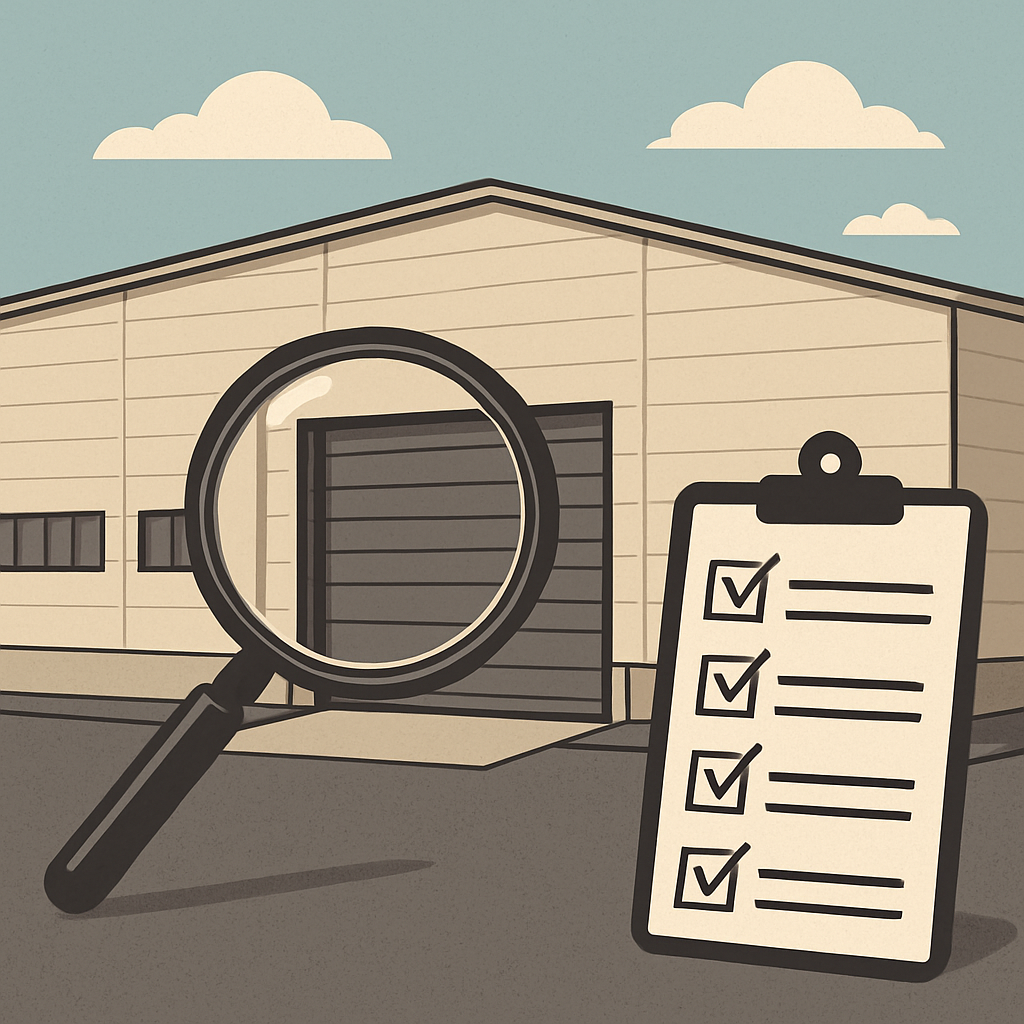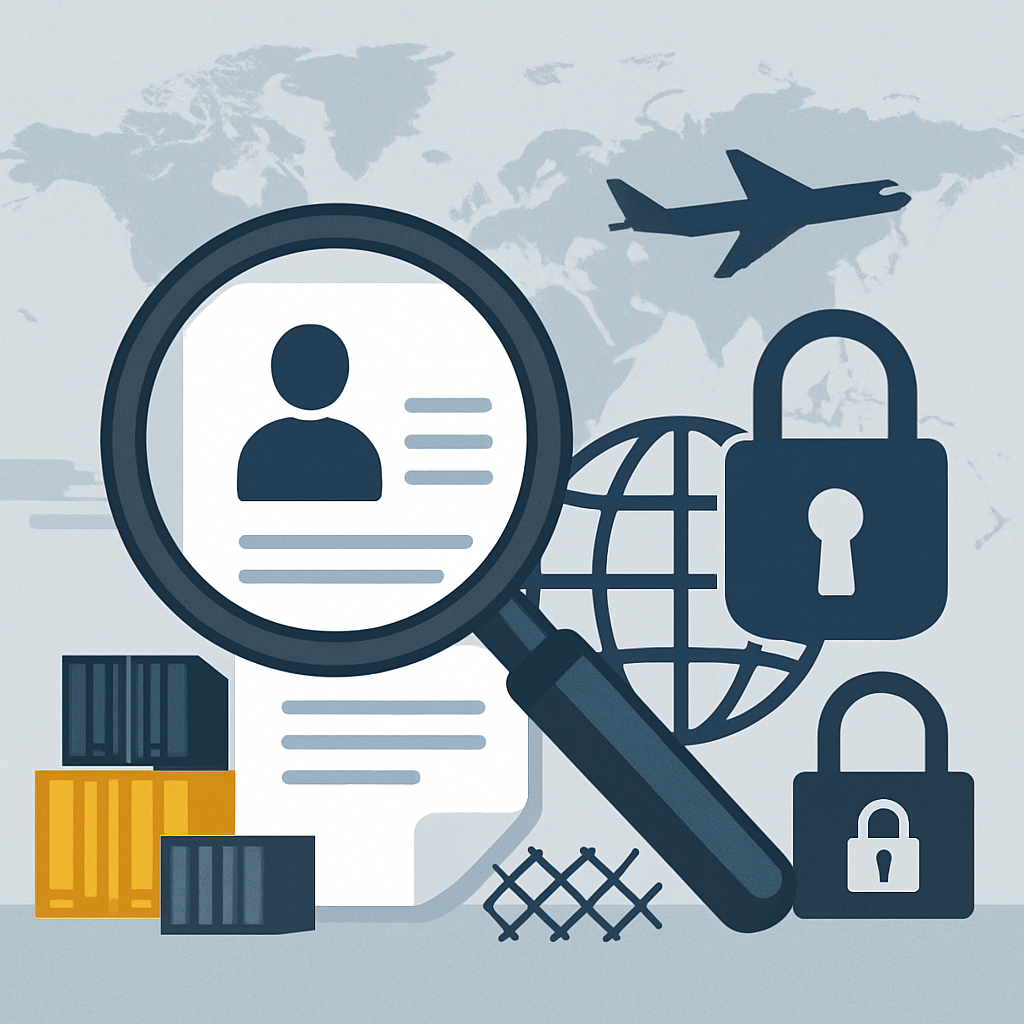Shielding Supply Chains: Fortifying Security & Emergency Protocols in CTPAT
In an interconnected world where the security of cargo shipments and facilities is paramount, swift and decisive action in response to threats is...
2 min read
Eric Kaczorowski : Sep 24, 2025 11:36:07 AM

When companies think about the primary goal of CTPAT (Customs Trade Partnership Against Terrorism), which is to strengthen international supply chains and protect U.S. borders through improved security practices, the focus often goes to how business partners are doing their part. While that is important, the first priority should be ensuring strong physical security at their own facilities where cargo is stored, handled, or where documentation is processed. If unauthorized individuals can gain access without being noticed, both shipments and sensitive paperwork can be compromised. This is why physical security must be a top priority for all prospective and current CTPAT members. The CTPAT Minimum Security Criteria (MSC) reinforces this by requiring that “all cargo handling and storage facilities, including trailer yards and offices, must have physical barriers and/or deterrents that prevent unauthorized access.”
Even the best physical barriers, deterrents, and security systems can fail if they are not properly maintained, monitored, and reviewed on a regular basis. Doors can wear out, fences can be damaged, lights can stop working, and cameras can drift out of position. Small gaps like these may seem minor, but they can create opportunities for unauthorized access or theft. Facility inspections provide a structured way to spot and fix these issues before they become real vulnerabilities. They show due diligence, support compliance with CTPAT’s Minimum Security Criteria, and ensure your security investments continue to provide protection. Just as importantly, inspections help build a culture of security across the organization, reminding employees that protecting the supply chain is everyone’s responsibility.
Having an authorized employee complete an inspection checklist each month is an excellent way to stay both compliant and proactive. A well-structured checklist ensures nothing is overlooked and makes it easy to track recurring issues. Facility inspections should cover key areas such as:
Each of these areas plays a vital role in protecting cargo and preventing unauthorized access. A damaged fence may invite trespassers, while a poorly lit corner can give bad actors the opportunity to operate unnoticed. By routinely checking these areas, companies can spot weaknesses early and correct them before they become real liabilities.
Security technology such as cameras and alarm systems are not required for CTPAT compliance but it is strongly recommended. These tools add an important layer of protection by making it harder for breaches to go unnoticed. That said, simply installing the equipment isn’t enough. Systems must be maintained, tested, and regularly reviewed. Cameras must be checked to ensure they are properly focused and covering critical areas. Alarms must be tested regularly as well as after any repairs or service work. If camera systems are in place, footage must be reviewed periodically to confirm security protocols are being followed, not only after an incident occurs. Video recordings must also be stored long enough to support shipment monitoring, with CTPAT recommending a minimum of 14 days after cargo reaches its first point of distribution.
Regular facility inspections do more than meet compliance requirements. They help build a culture of accountability and awareness. When employees see inspections happening regularly, they understand that physical security is a shared responsibility. This reduces complacency and encourages staff to report issues quickly, whether it is a broken lock, a light that is out, or unusual activity in the yard. A consistent inspection program not only lowers the risk of costly disruptions but also shows the company’s commitment to protecting the supply chain.
By combining physical barriers, proper lighting, effective security technology, and regular facility inspections, companies can keep their facilities both secure and compliant with CTPAT’s Minimum Security Criteria. These measures work together to protect cargo and company assets while also supporting the larger goal of CTPAT, which is to strengthen a more resilient and trusted global supply chain.
At Veroot, we help companies apply for CTPAT certification as well as prepare for upcoming annual reviews and validations. We can also provide ready-to-use templates for facility inspections and other compliance documentation, making it easier to stay organized and compliant.
![]() For more information or to request a demo, visit Veroot's website at www.veroot.com/ctpat
For more information or to request a demo, visit Veroot's website at www.veroot.com/ctpat

In an interconnected world where the security of cargo shipments and facilities is paramount, swift and decisive action in response to threats is...

Have you ever wondered how much trust really matters in global trade? A lot more than you think. When your business relies on partners around the...

CTPAT Validations can feel overwhelming, especially with all the documentation and preparation involved. It is completely normal to feel a little...